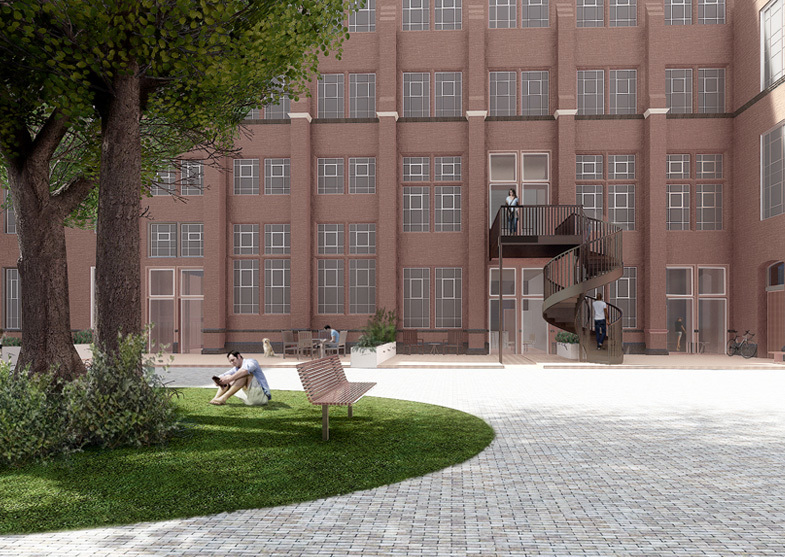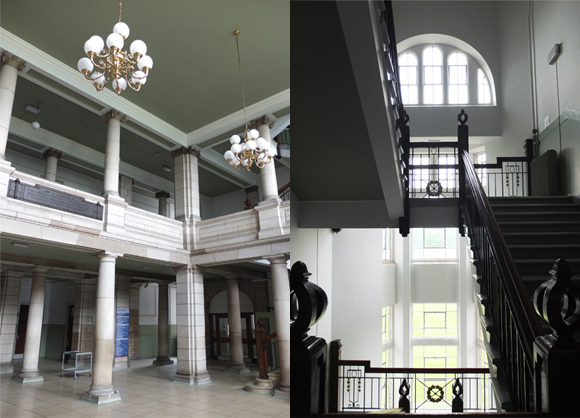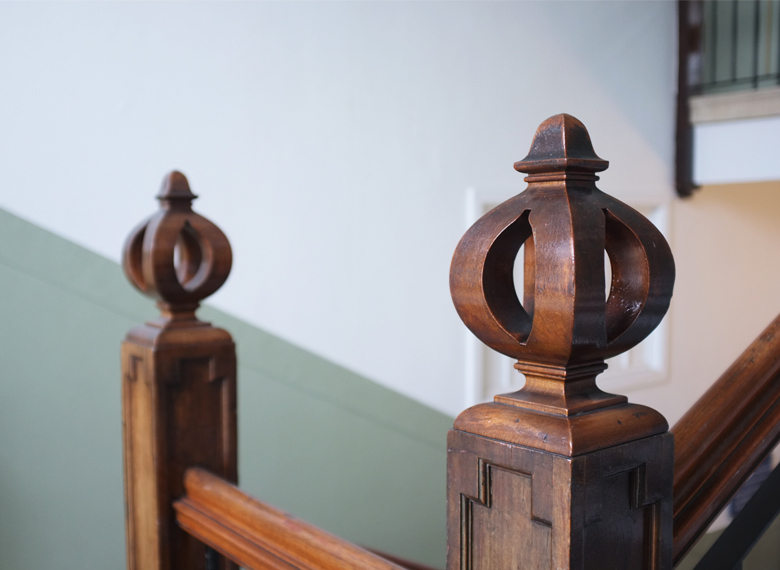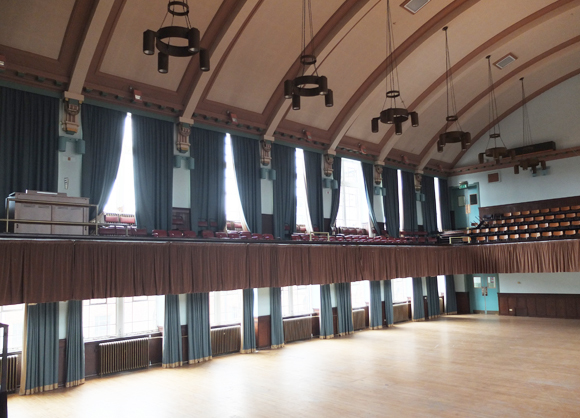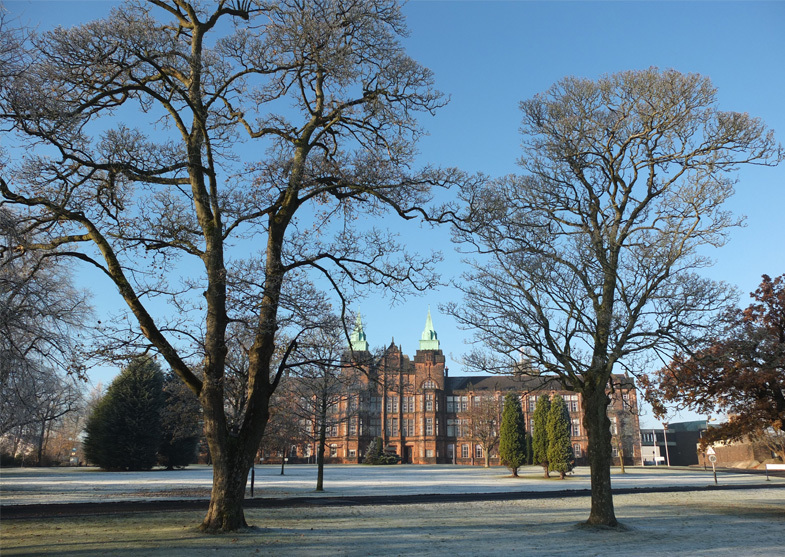
Set on an elevated position within the grounds of what was once the country estate of one of the City’s 18th Century Tobacco Lords, the green copper spires of the Category B Listed David Stow Building have been a defining landmark on the skyline of this part of Glasgow for the past one hundred years. Completed in 1917 in robust Dumfries red sandstone, the visual prominence of the building stood in recognition of the building’s standing as the foremost teacher training college in the city, with the institution being etched into the city’s consciousness and 20th Century history.
The building was vacated in 2012, when the University of Strathclyde, who was latterly running the College as their Faculty of Education, moved to consolidate their campus in the City Centre, and today it lies empty and disused, like so many other former schools, university buildings, hospitals, mansions, churches and burgh halls all over Scotland.
“Today it lies empty and disused - like so many other historic buildings all over Scotland”
Many of these much-loved structures are falling into disrepair and are on the Buildings at Risk Register, so adaptively reusing these properties and establishing viable new life for them in the 21st century is critical to secure sustainable futures for them.
In a fast-changing world retaining such buildings, that have become an integral part of the visual landscape of our towns, cities and countryside, is important in maintaining our heritage and identity, particularly, as is the case with the David Stow Building, they are often constructed in robust Scottish stone that it is no longer economically viable to source.
There are various factors to consider in establishing the viability of the adaptive reuse of an existing building. Scale, location, condition, the required investment to make the building useable again and the commercial value of the property once it has been restored and converted are key issues to assess.
“Retaining such buildings is important in maintaining our heritage and identity.”
Converting historic buildings for residential use is often the most effective way of securing an economically sustainable future for them. The series of spaces required to create residential apartments tend to adapt most flexibly to work with the existing fabric of existing buildings and demand for residential properties within historic buildings remains strong. Charming new apartments can be created in buildings that are often rich in character, with interesting period detail sometimes giving suggestions of their former use.
7N’s proposals for CALA’s development at Jordanhill include three of the former teacher training college buildings that will be retained and converted to residential use: the category B listed David Stow Building and the unlisted former student residences, Graham House and Douglas House.
“New apartments can be created in buildings that are rich in character”
The expansion of the college in the 1960s and 1970s, and the construction of the 7 storey Brutalist form of the Henry Wood Building and its projecting concrete stair towers directly behind the David Stow Building, diluted the presence that the building had on the cityscape. The proposals to demolish these later 20th Century buildings around the David Stow Building will restore the hierarchy on the skyline that the building once held and will allow it to define the sense of place for the new residential development at Jordanhill.
Given the sheer scale of the building and its location within the attractive, largely Edwardian, residential neighbourhood of Jordanhill, it is difficult to imagine a more appropriate adaptive reuse of this building than conversion to an elegant new apartment building. The series of large former teaching spaces, accessed from an internal ring of circulation around two central courtyards, will convert well to residential use, with a generous series of apartments enjoying fine views over the surrounding landscape and beyond.
“Former teaching spaces, accessed from an internal ring of circulation around two central courtyards, will convert well to residential use.”
The neo-classical entrance lobby, reminiscent of large residential buildings in New York of the same period, will adapt readily as an elegant entrance to the new apartment building.
Despite not being listed, Graham House and Douglas House will also be retained and adapted to create new apartments, as they are simple and elegant former student residence buildings from the early 20th century and will help define the sense of place on the Jordanhill site.
“The neo-classical entrance lobby is reminiscent of large residential buildings in New York of the same period”
The proposed new residential use for these three buildings on the Jordanhill site, therefore, like many others like them all over Scotland, offers a viable reuse and a sustainable future for redundant buildings that could otherwise lie empty and decaying for years.

